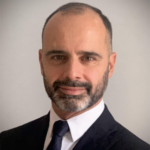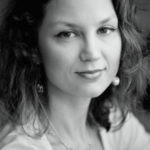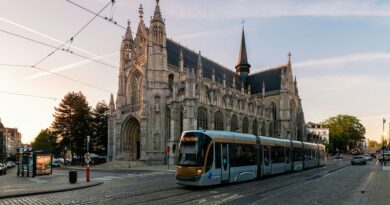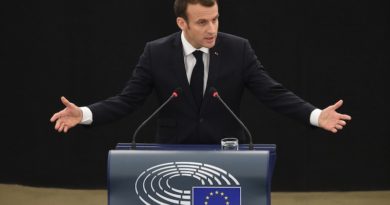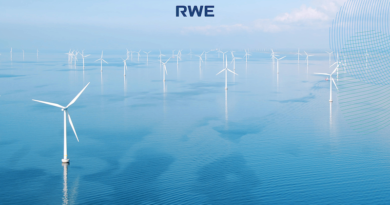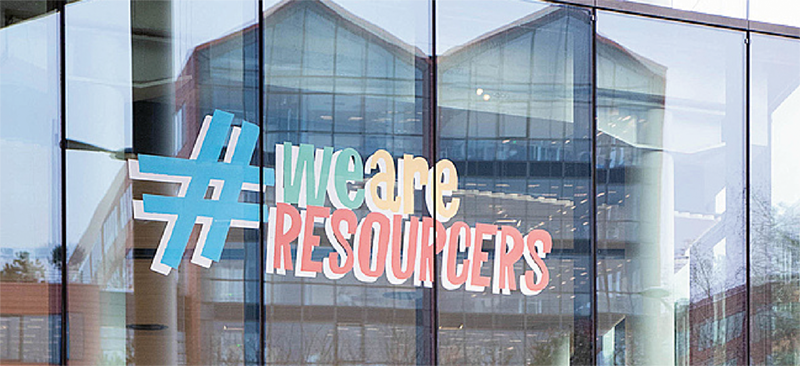
Taking a district approach to energy transition
With the Recovery Plan published by the European Commission on May 27th, the European Commission has presented its vision for a new energy transition the European Union and its member states need to embark immediately on in order to reach the objectives of the Green Deal. There is new money but there also needs to be a new paradigm for policy design and implementation.
On July 8, the European Commission will unveil such new blueprint in the form of its Smart Sector Integration Strategy. At Veolia, we have been developing expertise in fostering local energy loops and working right in the sector integration nexus making the links between energy, waste and water management sectors. We learned to do this by exploring resources such as refuse derived fuel (RDF) from non recyclable waste, waste heat from industries, data centers or wastewater, and biogas from landfills and sludge processing. Hence, this new approach to energy planning and policy-making is already part of our DNA and makes us all the more excited about the new path the EU is taking.
This new strategy should deliver on many fronts: it should lead to the creation of truly integrated and highly flexible systems, linking energy carriers or forms of energy (electricity, thermal energy, including heat and cold, secondary chemical fuels including gas and liquids,) with each other as well as with the end-use sectors (buildings, transport, industry, agriculture). Those systems should be distributed and capable of integrating a myriad of low-carbon energy sources. The new system should also ensure an active participation of all stakeholders, in particular through an easy access to information about the energy mix, and flexibility options (including demand response mechanisms, aggregation services, and storage options) available to all participants of the system. But above all, such strategy should be guided by the imperative of enhanced overall efficiency. For this precise reason, the Energy Efficiency First should be the first guiding principle of the new communication, to guarantee that energy is being saved when planning for new investments both on the supply and demand side. In our view, all of the above can be achieved in particular when we take a local, district approach to energy planning. Although the ideal is to have a truly integrated energy system at the EU level, this can only happen if we aggregate locally integrated energy systems. Hence, a local, district-based approach to energy planning should be fostered to identify and maximise synergies among differents parts of energy systems on a given territory.
Maximising the potential of the buildings sector through district approach
Buildings are a centerpiece of both energy transition and the Recovery Plan.
The building sector is also a strong facilitator of the sector integration and an example of how this process can generate significant efficiency gains.
Increasing the integration of buildings with a power producing sector relying more and more on renewables will trigger significant final energy consumption reduction and GHG emissions decrease. At the same time, a bigger share of renewables in the system will also require increased efforts to deal with intermittent energy. This will call for a more distributed and flexible energy system. Buildings have a critical role to play in this new configuration, as they can also participate in distributed energy systems by providing renewable electricity production, storage and demand response (through production of electricity and heat on site which can be also injected into the grid, interactions with the transport sector through charging points for electrical vehicles, and smart features enabling interaction, communication and exchange of flows among buildings situated nearby). These three strategies are not only complementary, but even enforce each other¹.
To play such a role buildings will need to be renovated and become smarter. Both Smart Integration Strategy and the Renovation Wave Communication will be an opportunity to link our efforts the speed up and deepen the renovation rate across Europe, but also to accelerate the process of digitalisation of the existing building stock. Energy Performance Contracts will be essential in making buildings smarter: they are an efficient tool to finance the implementation of digitalization programs. Also using digital tools to enhance human capacity in monitoring and managing the energy efficiency of the building allows to guarantee higher savings, and therefore a faster payback for the energy conservation measures.
All of those efforts can be speeded up and facilitated considerably if we adopt a district approach to energy planning and deploy renovation and digitalisation efforts on a given territory rather than proceeding gradually, building by building, in a less than coordinated manner. This will also be a means to better explore the potential of high efficient heating solutions that can deliver low carbon heat, cold and electricity to renovated and smarter buildings.
Enabling deployment of district heating and cooling networks
Sector integration is already a reality and part of the decarbonisation blueprint of heating and cooling. This is the sector with the biggest energy efficiency and cost-efficiency potential through system integration.
District heating and cooling (DHC) networks enable sector integration by creating linkage between different parts of the system and provide flexibility through the means of technologies, which are both already technically and commercially available.
DHC networks connect the local level with EU level electricity and gas infrastructure, making it possible to look at sector integration well beyond a simple coupling between gas and electricity sectors. In particular, district heating integrates multiple renewable and waste heat sources, while coupling points with the electricity and gas systems via heat pumps, Combined Heat and Power (CHP) plants and renewable gases produced from waste streams, such as municipal sewage water, or renewable electricity. Furthermore, district heating connects waste heat sources (from industrial and tertiary sectors) to buildings and other consumers. District cooling also contributes to sector integration by utilising waste heat, ambient energy and geothermal energy to meet ever-increasing demands for cooling and reduce electricity grid strains and heat island effects in cities.
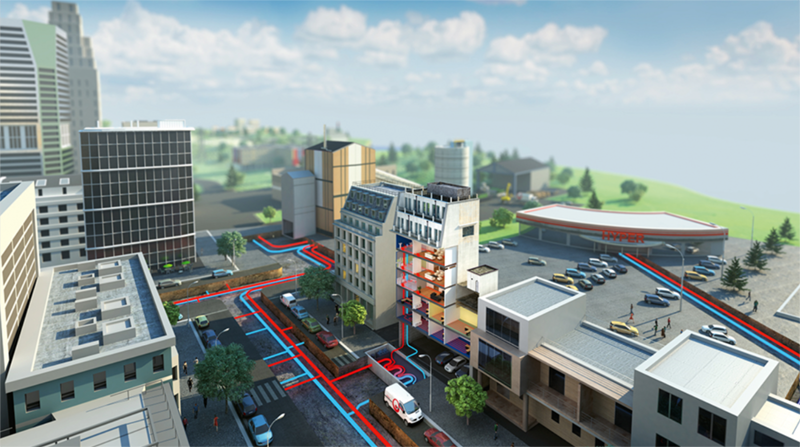
Heat Roadmap Europe shows that a 50% district heating share (up from today’s 12%), together with sector integration, can lead to 13% primary energy savings, compared to a conventional energy system. It could also reduce the total energy-system costs by approximately EUR70 bn per year². Only by looking and analysing the heat and electricity needs of a given territory as whole, there is a possibility for adequate planning for construction, extension or renovation of a district heating systems.
Optimizing the circularity of resources
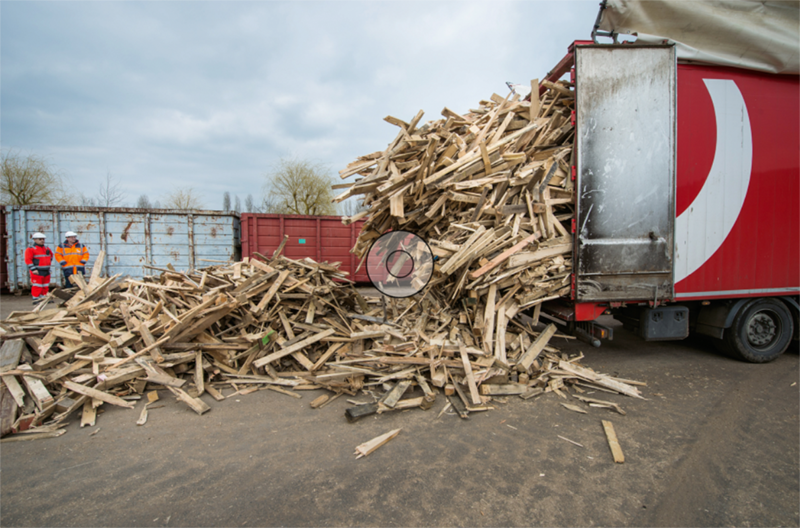
The local approach to energy planning also enables us to identify alternative energy sources, which would not be used or optimized otherwise.
Waste heat recovery is a prime example of a circular and integrated approach to resources management, as recovered heat that would otherwise be lost is put to use, enabling primary energy and CO2 savings, as well as connecting various sectors and stakeholders/partners around a territorial project. In an integrated energy system, there is also a need for affordable treatment options for the non-recyclable fraction produced by sorting/recycling plants. Indeed, high treatment costs lead to higher prices, thereby decreasing the competitiveness of SRM. In accordance with the waste treatment hierarchy, energy recovery should be the preferred option, which is also in line with the overall climate and energy goals of the EU. Refuse-Derived Fuels thus represent an obvious alternative to fossil fuels as their calorific value is high and they avoid emissions linked to extraction and refining of fossil fuels. Waste-to-energy plants should also be considered to treat residues from recycling processes. This will contribute to strengthen the circularity of newly formed and reformed energy systems. Last but not least, planning for transition from fossil fuels projects on the level of territory facilitates the optimization of resources such as recycled and collected wood, helping to avoid the use of biomass which does not meet the sustainability criteria.
Concluding remarks
Smart sector integration can only happen at level of a territory.
However, the absence of a systematic local energy planning prevents local stakeholders from linking their mapping and planning for available energy supply and demand (in virtue of article 14 of EED) with buildings renovation strategies (according to article 2 of EPBD). Taking a district or a neighborhood as a starting point for energy planning will create a chain of opportunities to identify potential synergies that can emerge on the local energy market (for heat, electricity and gas production) with and within the renovated building stock, as well as spur a genuine dynamic for a systematic research of synergies and benefits in terms of saved primary energy, natural resources and greater circularity.
¹ The active role of buildings in a transforming energy market, BPIE, 2015, see here: http://bpie.eu/wp-content/uploads/2015/10/BPIE_discussion_paper_buildings_in_the_energy-market_2015.pdf

